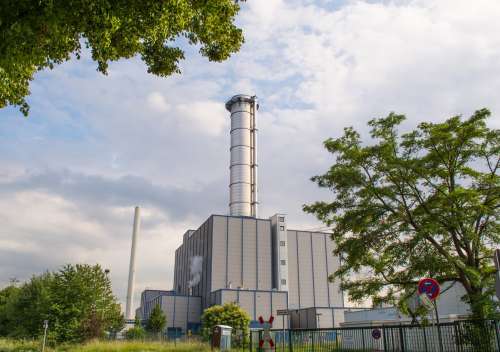The project “Individual Heat Supply with Integrated Fog Unit System (IFUS)” collects experimental data at three boiler capacities (10 kW, 20 kW, 30 kW) and nozzles (MPL 1.51, MPL 1.12, MPL 0.77) used to obtain the data set to be analysed. The data analysis program Statgraphics XVII performed experimental data analysis to determine what parameters affect the capacity of the fog unit and the efficiency of particulate matter (PM).
Regression analysis was performed to determine the parameters affecting the capacity of the fog unit, in which the dependent variables are:
- Flue gas temperature at inlet (tg1) and outlet (tg2);
- Water temperature at inlet (tw1) and outlet (tw2);
- Flue gas moisture content at inlet (ω1) and outlet (ω2);
- Wet flue gas flow (Vmg);
- Amount of water sprayed (G);
- Injected water – flue gas ratio (g/Vmg);
- Diameter of sprayed water droplets (dd0);
- Oxygen concentration in the flue gas (O2);
- Flue gas velocity at inlet (ug1) and outlet (ug2);
- The amount of water sprayed per unit cross-section (g/SMA).
The most important factors affecting the capacity of the fog unit are: tw1, dd0, g/Vmg, G, tw2, Vmg.
Regression analysis was performed to determine the parameters affecting PM reduction efficiency, where the dependent variables are:
- tg1, tg2, tw1, tw2, ω1, ω2, Vmg, G, g/Vmg, dd0, O2, ug1, ug2, g/SMA;
- injected water – droplet diameter ratio (g/dd0);
- surface formed by injection droplets in the fog unit (Fdrop);
- concentration of particulate matter before the fog unit (PM before)
The most important factors that influence the PM reduction efficiency of the fog unit are: tg2, tw2, ω2, Vmg, G, g/Vmg.
The study is also featured on LTV1 broadcast “Environmental Facts”. The storyline of the show about air pollution can be found here.








